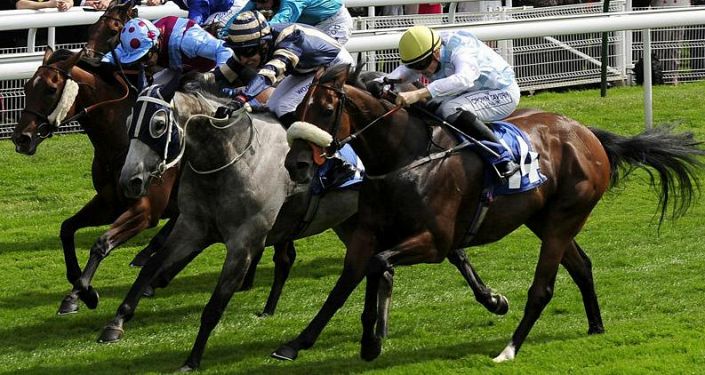18th Jun 2012 | Royal Ascot
King’s Stand Pace Chart

We look where the pace is drawn in the Group 1 sprint at 3.05 Tuesday.
Royal Ascot viewers will have heard a lot of the pundits talk about the draw or pace bias at the track but what does it all mean?
With numerous races on the straight track contested by large fields, Royal Ascot suffers more from a pace bias than a draw bias. Putting it simply, the best draw is dependant upon where the pace is.
Horses that show early speed are generally known as the ‘pacier types’ and in a big field you want to be near them. Often these horses end up fulfilling the role of a pacemaker, setting a quick tempo for others to follow.
With 23 runners spread across the track in the King’s Stand Stakes at 3.05 Tuesday, the race could be dependant on where the early pace is. Using a method presented by Jon Gibby in the excellent book, “Well-Handicapped Horses” we can rank horses by their early speed. Looking at their last three runs, they are awarded points on how prominently they raced. The horses with the highest numbers are deemed the ‘pace makers’.
King’s Stand Pace Chart
As you can see by the blocks highlighted in yellow, the field could split into two groups. Tangerine Trees is the only front-runner drawn in low numbers, and a group could follow him up the middle of the track.
The rest of the pace is drawn high, with Masamah (drawn 18), Amour Propre (20) and Stone of Folca (21), potentially leading a larger group up the stand’s rail. In all probability we will get a split, with the jockeys on horses drawn 11-14 having the option of following either group. Those drawn 1-4 look too far away from the pace to make an impact.
The middle to low group have the better horses but those drawn high could benefit from the stronger gallop. It creates a fascinating contest on the opening day at Royal Ascot.
Odds correct at time of publishing: 14:37 18th Jun, 2012 but subject to change